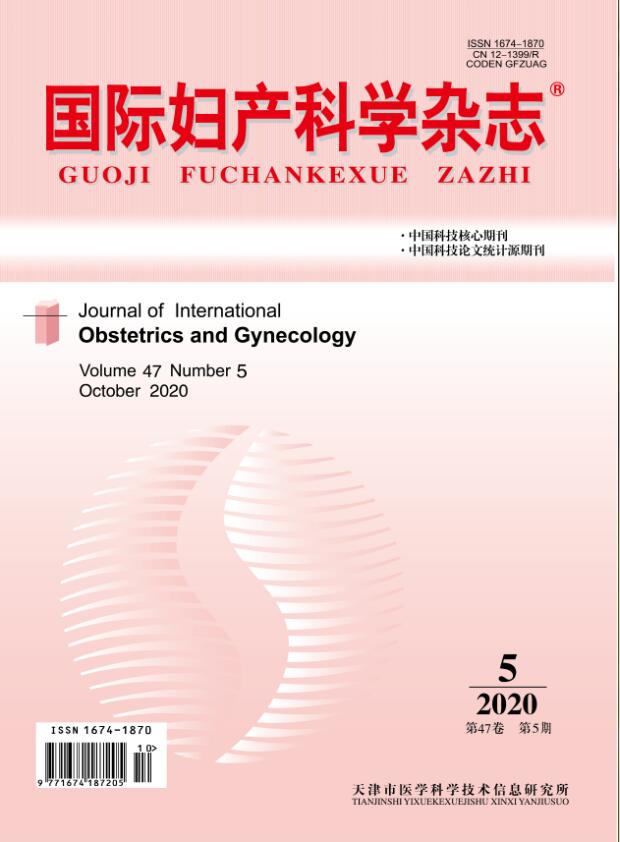|
|
Genetic Polymorphisms of FcRL3 (-169T/C) and FOXP3 (-2398T/C)with the Risk of Endometriosis
LU Yu-xuan, MAO Yao-nan, ZHOU Hong-mei, WEI Run-xin
2017, 44 (4):
476-480.
Objective: In this study, a meta-analysis was performed to clarify the relationship between the genetic polymorphisms of Fc Receptor Like-3 (FcRL3) (-169T/C) and Forkhead box P3 (FOXP3) (-2383T/C) and the risk of endometriosis (EMs). Methods: Published literatures from PubMed, Embase, CNKI, WanFang, CBM databases were retrieved. Pooled odds ratio (OR) with 95% confidence interval (CI) was calculated using fixed- or random-effects model according to the heterogeneity. Results: Five studies with 883 cases and 1 241 controls for FcRL3 gene polymorphism and three studies with 679 cases and 690 controls for FOXP3 gene polymorphism were included in the final meta-analysis. The polymorphisms of FcRL3 and FOXP3 was associated with EMs risk in allele model (FcRL3: OR=2.40, 95%CI: 1.77-3.27, Z=5.57, P<0.000 1; FOXP3: OR=5.95, 95%CI: 5.05-7.01, Z=21.40, P<0.000 1). And in other models: heterozygote model (TC vs. CC) (FcRL3: OR=1.23, 95%CI: 0.80-1.88, Z=0.93, P=0.352; FOXP3: OR=1.75, 95%CI: 0.80-3.83, Z=1.39, P=0.165); homozygote model (TT vs. CC) (FcRL3: OR=1.27, 95%CI: 0.54-2.97, Z=0.99, P=0.323; FOXP3: OR=0.69, 95%CI: 0.11-4.33, Z=-0.40, P=0.69); Recessive model (TT vs. TC+CC) (FcRL3: OR=1.25, 95%CI: 0.72-2.14, Z=0.79, P=0.427; FOXP3: OR=1.40, 95%CI: 0.66-2.95, Z=0.88, P=0.380); Dominant model (TT+TC vs. CC) (FcRL3: OR=0.90, 95%CI: 0.50-1.64, Z=-0.34, P=0.737; FOXP3: OR=1.65, 95%CI: 0.99-2.73, Z=1.94, P=0.053). Conclusions: Our analysis showed that the polymorphisms of FcRL3(-169T/C) and FOXP3(-2383T/C) were risk factors for EMs.
Related Articles |
Metrics
|

